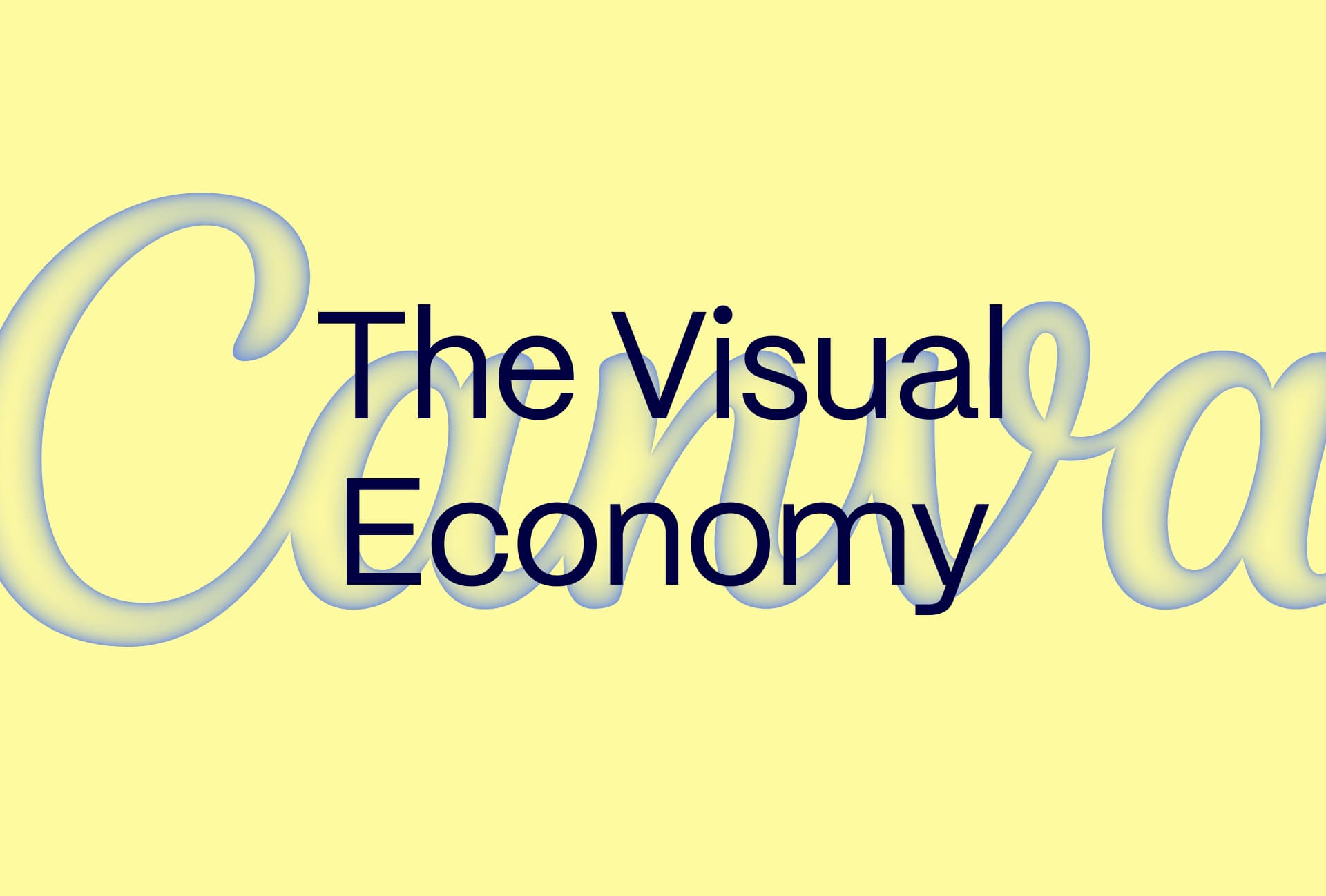In today’s hyper-connected world, the way we communicate has evolved. Visual communication is no longer confined to design departments or creatives. It has become a vital business function, embedded in how we sell, hire, train, and collaborate. According to Canva’s Visual Economy Report 2024, 93% of business leaders say visual communication enhances idea articulation, while 91% link it directly to improved efficiency.
In other words, visual communication in business isn’t just trending—it’s transforming how organisations perform. Here’s why this matters and what you can do to embrace this visual-first future.
1. Visual Communication Is Now a Business Essential (Not a “Nice to Have”)
Gone are the days when visuals were optional. Today, visual content plays a central role in strategic communication. From boardroom decks to social media pitches, how we present information matters more than ever. In fact, 89% of leaders say visual communication helps articulate critical points that would otherwise be difficult to explain.
Visuals help clarify complex ideas and cut through information overload. And with teams becoming increasingly global and remote, clarity isn’t just useful – it’s mission-critical. Whether it’s a hybrid meeting, a training doc or a sales pitch, visual storytelling is what keeps people engaged, aligned, and informed.
2. Design Literacy is the New Professional Literacy
We’re in the age of design democracy. Visual skills are no longer exclusive to designers. The Visual Economy Reportshows 92% of leaders now expect employees in non-design roles to have basic design knowledge.
From creating compelling slide decks to social posts, design literacy is now a core skill. In fact, 49% of employers expect extensive knowledge in visual communication, with 43% expecting at least a working understanding. Design tools are becoming more intuitive, and the expectation is clear: every team member must be able to communicate visually.
This shift isn’t about perfection; it’s about impact. Teams that can express ideas with strong visuals move faster, collaborate better, and communicate more effectively.
3. AI is Supercharging Visual Communication in Business
Artificial Intelligence is rewriting the rulebook on content creation. Canva’s report reveals that 82% of leaders have already adopted AI tools to produce visual content. Even more telling, 90% say AI has improved the quality of their communication.
From drafting social copy to generating pitch decks, AI is freeing up teams to focus on strategy and storytelling. It’s not just about speed, it’s about creating smarter, more relevant content. Sales, marketing, HR, and comms teams are using AI daily to brainstorm, draft, edit, and visualise ideas at scale.
Incorporating AI into your visual workflows isn’t a luxury – it’s becoming a necessity.
4. Integrated Visual Tools are the New Standard
As content volumes explode, businesses are under pressure to deliver faster, more cohesively. But many are still juggling disconnected tools that slow teams down. Leaders are responding decisively: 93% now prioritise tools with more efficient workflows, real-time collaboration, and all-in-one functionality.
All-in-one platforms like Canva are setting a new standard—where creating, editing, sharing and staying on brand happens in one seamless system. This integrated approach reduces friction, speeds up delivery, and ensures brand consistency across touchpoints.
5. A Visual-First Culture Connects Remote and Hybrid Teams
Remote and hybrid work is here to stay. And it demands new ways of keeping people engaged and aligned. Visuals are proving to be a powerful connector: 91% of leaders say visual communication tools help distributed teams stay connected.
Whether it’s a whiteboard, a pitch deck or a training guide, visuals bring clarity to complex conversations. They create a shared language that works across time zones, cultures, and departments.
When your tools are designed for collaboration and communication, your teams are empowered to produce better outcomes—faster.
6. Creativity Thrives in Visually-Enabled Workplaces
Creativity isn’t just a nice-to-have. It drives innovation, engagement, and culture. But it can’t flourish without the right environment. According to Canva’s research, 71% say AI boosts creativity, but barriers remain: siloed teams, rigid processes, and text-heavy tools all stifle creative output.
Investing in visual communication platforms that spark creativity and streamline workflows can uplift not just your content, but your people too. Empowered teams create work that stands out, resonates more deeply, and drives better results.
Conclusion: Embracing the Visual Economy
Visual communication in business has become a cornerstone of high performance. It boosts clarity, enhances productivity, connects teams, and fosters creativity. As the Visual Economy Report 2024 clearly shows, the organisations who adapt fastest are the ones reaping the biggest rewards.
But it’s also important to understand the distinction. For everyday internal communication, collaborative platforms like Canva give teams speed and agility. They make it simple for everyone to contribute, share ideas, and stay aligned.
When it comes to customer-facing brand touchpoints, though, quality becomes critical. These are the moments where perception, trust, and reputation are built. This is when strategy, consistency, and design expertise matter most — and where working with a creative agency ensures your brand doesn’t just look good, but communicates with authority and impact.
So the question is no longer “Should we invest in visual communication?” but “How do we balance the right tools with the right expertise?” Get that balance right, and your brand will stand out, connect, and grow.
